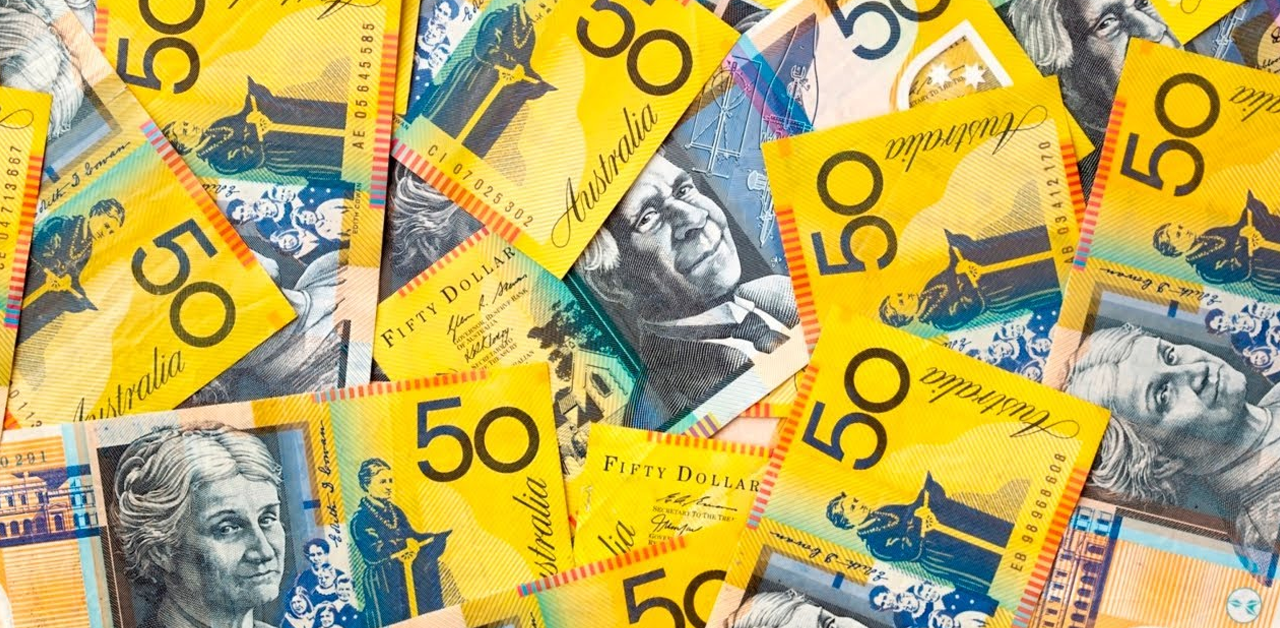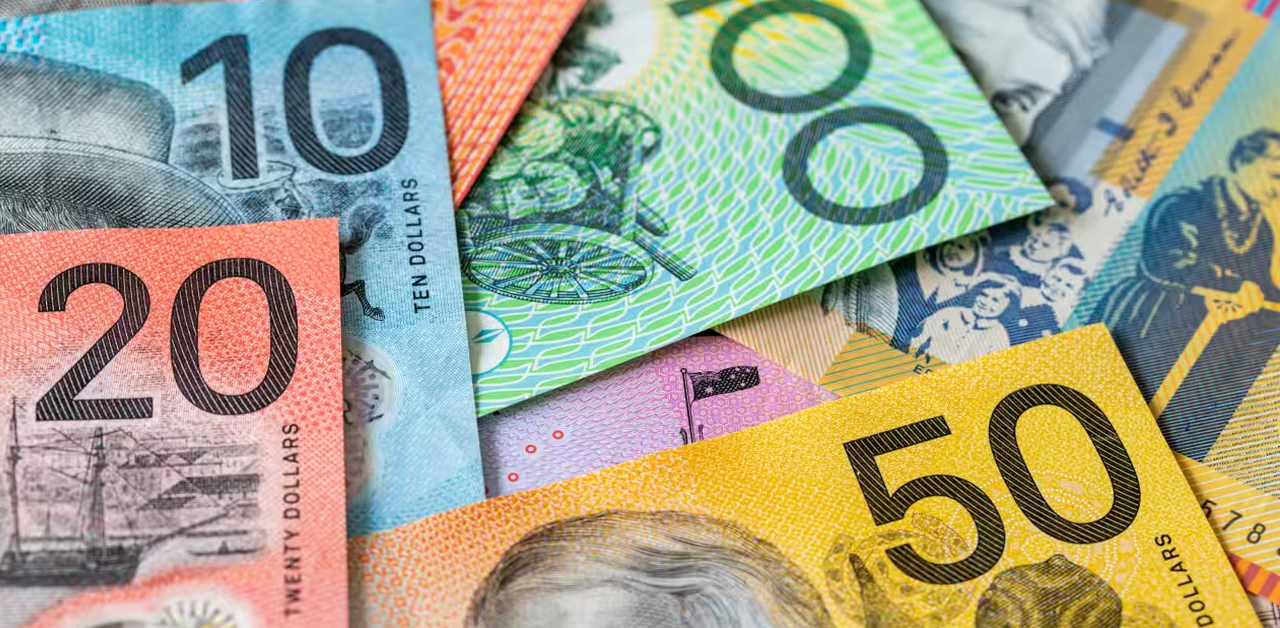Following weak housing data, the Australian dollar (AUD) continued to decline against the US dollar (USD) on Wednesday, continuing its losses for the second straight session. The AUD/USD pair declined as investor sentiment intensified, with the S&P/ASX 200 index edging down 0.14% to trade below 8,950. It occurred due to declines in technology and gold stocks.
New data showed that Australia’s housing sector is slowing down. In August, private house approvals fell by 2.6%, after a slight rise the month before. Building permits also dropped by 6%, marking the second consecutive month of decline, and these weak data statistics have raised concerns about the economy and added pressure on the Australian dollar.
Even so, the Australian dollar received some support from the Reserve Bank of Australia (RBA), which remains cautious. The bank maintained its main interest rate at 3.6%, citing that inflation remains high and the job market remains strong. Policymakers don’t want to cut rates too early while prices for services stay above target.
Globally, the US Dollar Index reached 98.80, marking its third consecutive day of gains for forex traders who showed trust in it. The dollar remained strong, despite many traders expecting the Federal Reserve to cut rates later this year. Traders are becoming increasingly anxious due to the ongoing discussions about a potential US government shutdown, the Fed’s conflicting responses, and the delays in the publication of economic data.
On the charts, the AUD/USD pair is trading near 0.6570, still inside an upward channel but increasingly showing signs of weakness. It is suspected that if it falls below 0.6560, the Aussie could drop further. For now, soft housing data and a firm US dollar are keeping consistent pressure on the Australian currency.












